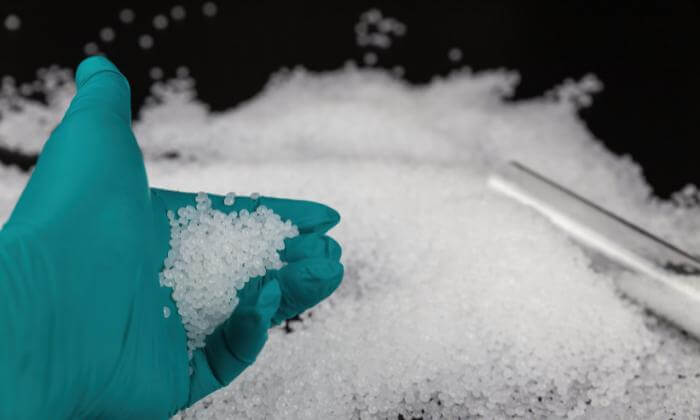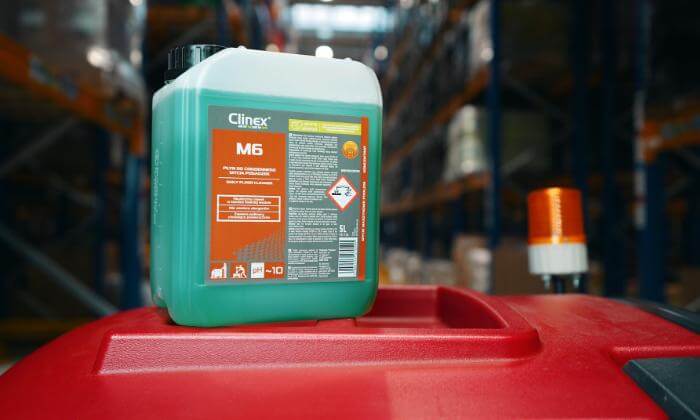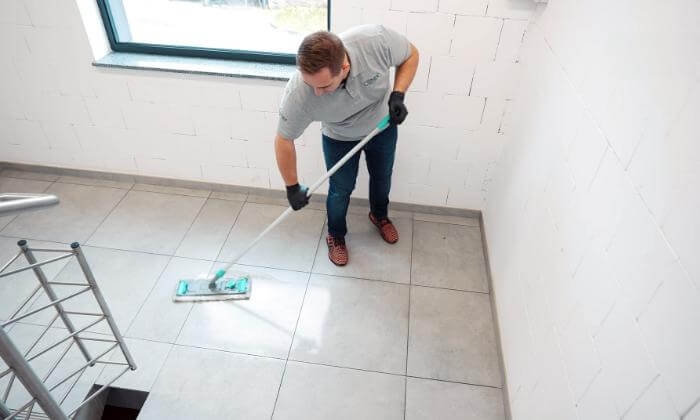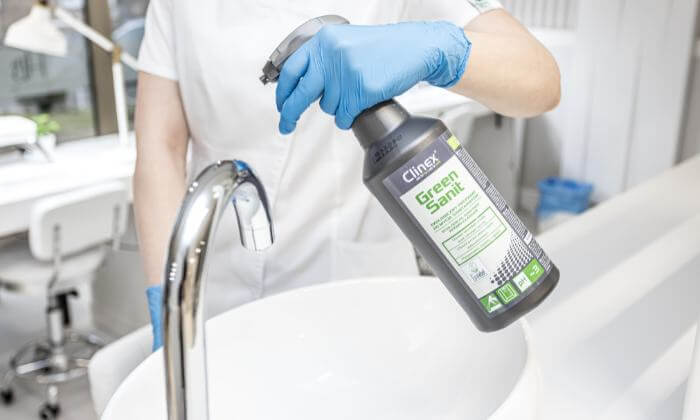In the field of cleaning and hygiene, technologies are constantly developing and innovations are becoming more and more advanced. Polymers, long considered an essential ingredient in many products, now play a key role in this field, gaining an advantage over nanotechnology. Below we expand on some key aspects that explain why polymers have become a more desirable solution.
In the field of cleaning and hygiene, technologies are constantly developing and innovations are becoming more and more advanced. Polymers, long considered an essential ingredient in many products, now play a key role in this field, gaining an advantage over nanotechnology. Below we expand on some key aspects that explain why polymers have become a more desirable solution.
What are polymers?

Polymers are long chains of molecules composed of repeating units called monomers. They have a wide range of applications in various areas, including cleaning products. In the context of cleaning, polymers are used in cleaning products , where they can form protective coatings on surfaces. This makes it easier to remove dirt and prevents it from re-depositing. Additionally, they can act as absorbents, capturing and removing contaminants from the surface.
What is polymerization?

Polymerization is the process of combining monomers into long chains . What are the types of polymerization? Addition, where monomers combine without losing atoms, and condensation, where small molecules such as water are lost when monomers combine. This process is crucial for the production of polymers in cleaning products because it allows you to control the final properties of the materials, such as their flexibility, strength and ability to create protective coatings. In the context of cleaning, polymerization usually means protecting floors .
The use of polymers

Polymers are used in cleaning products. They help remove dirt by creating protective coatings on surfaces or absorbing contaminants. They are effective in a variety of cleaning formulas, including detergents, polishes and floor care products.
Hydrophobic or hydrophilic effect in the rinsing process

Polymers have the ability to produce both hydrophobic and hydrophilic surfaces, depending on their structure and application. What does it mean? The hydrophobic effect means that water does not stick to the surface , increasing resistance to stains and dirt. In turn, the hydrophilic effect facilitates the process of rinsing and removing dirt.
Surface dries faster

The hydrophobic properties of polymers accelerate the drying process of the surface. Water and other fluids are rejected rather than absorbed, reducing the time it takes to dry the area. This is especially beneficial in industry, where quick drying is crucial to maintaining high performance.
Scratch removal

Polymers have a unique ability to fill and mask delicate scratches . What does it mean? Thanks to their flexible and durable properties, they can interact with microscopic damage, smoothing them and restoring the original appearance of the surface. This not only increases the aesthetics, but also extends the life of the items.
Gloss of washed surfaces

Good washing results do not end with cleaning alone. Polymers can improve the appearance of washed surfaces , making them shiny and fresh. The polymer structure can be designed to reflect light in a way that increases shine, adding elegance and professionalism.
What polymer preparations should I use?

At Clinex, we are well aware of the advantages of polymers. For this reason, we offer many such preparations:
- For sanitary facilities:
- Clinex Green Sanit – an ecological preparation that protects the surface against further dirt,
- Clinex W3 Active Shield – polymers in the preparation delay the effect of re-deposition of dirt and facilitate the subsequent washing process by creating a protective layer on the washed surfaces.
- For textiles:
- Clinex Textile Foam , EXT , SHP – protective and caring preparations for upholstery and carpets.
- For washable surfaces:
- Clinex Delos Shine – deeply caring for wooden surfaces. Restores the natural color of the surface.
- For washing floors:
- Clinex Nano Protect Floral – a nano-preparation for cleaning floors that evaporates quickly,
- Clinex Glazur – reduces the possibility of re-soiling and deepens the natural color of the surface,
- Clinex 4Hall – protects against re-soiling and facilitates the ongoing care process
- Clinex M6 – cares for and protects the washed surface against re-soiling.
- To protect floors:
Summary

Polymers are outperforming nanotechnology in cleaning products. All thanks to its versatility, efficiency and aesthetics. From faster drying to exceptional ability to repair and enhance appearance, they offer solutions that are both practical and economically beneficial. In the era of sustainable development and innovation, polymers set a new direction for the chemical industry, allowing it to achieve higher standards of cleanliness and care.






